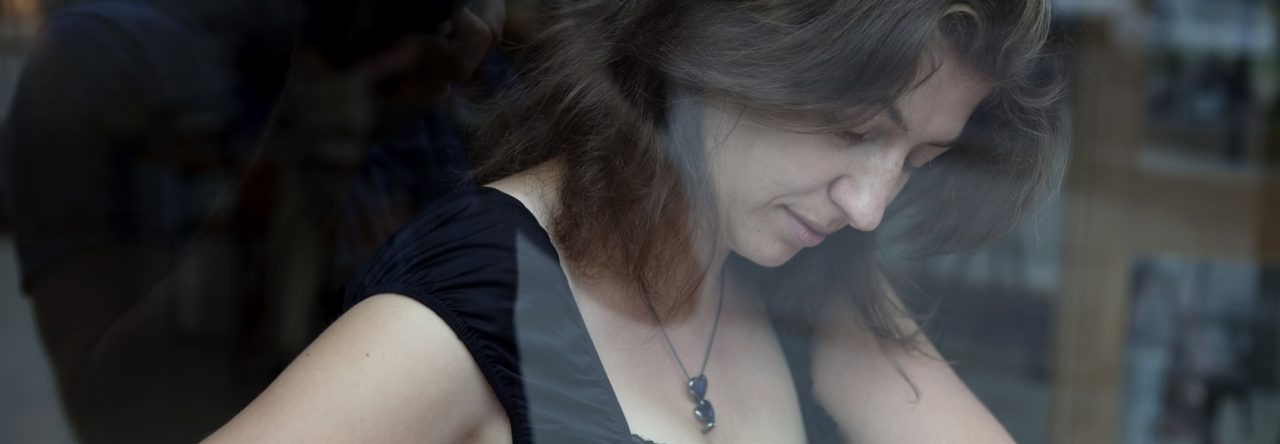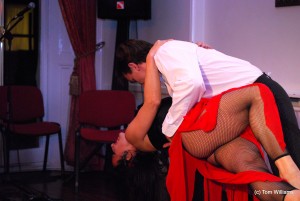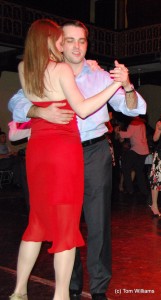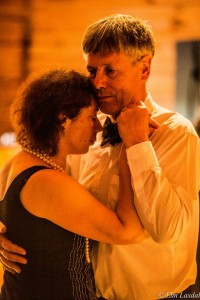Today I am joined by Tom Williams, Waterloo expert, novelist, and tango-er… This is such a great blog. Why not sit back, relax, and have a read- because afterwards you’ll want to jump up and flex those dancing feet.
Over to you Tom…
“The vertical expression of a horizontal desire.”
I feel a bit like Benedict Cumberbatch in Hamlet: you have to get that line out of the way at the beginning, otherwise everyone is just waiting for you to say it. When people talk about tango the whole issue of sex, as famously summed up in that quote, hangs over the conversation.
People say that tango started in the brothels of Buenos Aires, although it was originally danced as much between men as between men and women. When tango first appeared in Argentina, men vastly outnumbered women. Hence both the brothels and large numbers of men dancing with each other. As time passed, the origins of the dance became obscure and it became fashionable to argue that it didn’t start in brothels at all. I really don’t know: I wasn’t there. I do know that the Piazzolla – the composer who was largely responsible for the resurgence of tango in the late 20th century – originally refused to play tango at the Paris Conservatoire because he associated it with working in houses of ill repute when he started out as a musician.
In Buenos Aires, tango was originally the dance of the workers, despised by the middle classes for its earthiness and overt sexuality. From time to time, it was suppressed and some famous tango band leaders were in and out of jail as political prisoners. Only as tango became more fashionable abroad, did it become increasingly accepted in the country where it developed. Nowadays Argentina proudly proclaims itself as the home of tango, a claim hotly disputed by Uruguay. Both countries agreed to accept joint ‘ownership’ of tango when the United Nations declared it part of the world’s ‘intangible cultural heritage’ in 2009.
Tango nowadays is hardly likely to be seen danced in brothels, but it still has definite associations with sex. When it comes to the ‘tango look’, this is reflected in the killer heels and fish-net tights. (Why fish-net tights are particularly associated with sex remains a mystery to me, but they are definitely making a come-back on London tango floors.) The music, too, dwells on love and lust, though this is lost to many people, as the lyrics are in Spanish (and often a particular slang dialect unique to Buenos Aires).
It isn’t the clothes that make tango sexy, though: it’s the dance itself. What tango teachers will tell you is that the secret of the dance is in the “connection”. What this means is that, as danced traditionally, the man leads the woman through his chest: so most of the time you would struggle to put a piece of cigarette paper between them.
So is tango simply extended foreplay set to music? There was a famous Argentine tango dancer visiting England who melted the (female) reporter interviewing him, declaring (amongst other things) that: “It is not essential that a man have sex with his partner but I would say that 90% of the time this happens.” In England (and, to be honest, in most Argentine dance halls too) we do things differently. People change partners throughout the evening. Delightful as the idea might be, the reality is that men wouldn’t have the stamina to sleep with all of them.
What tango does offer is a combination of physical and emotional intimacy seldom achieved outside of sex. Traditionally, a couple will dance together for the three or four dances that make up a tanda. A tanda lasts about twelve minutes: hence the title of a recent tango memoire, ‘Twelve Minutes of Love’ (by Kapka Kassabova). For those twelve minutes, your partner should be the most important person in the world. Tango is a lead/follow dance: there are no “steps” as such. The woman knows where the man is going because she feels changes in his weight through that “connection” that has them moving so closely together. If either partner is distracted from the other, the dance can quickly disintegrate. Being that close to another person, concentrating on their every movement while listening to the sensuous music of the dance, is a powerful experience. For those twelve minutes you may not be in love, but you should act as if you were. Does this relationship continue after the dance is over? Obviously, it can, but that may not be wise. In Argentina, men and women often sit separately and the only social contract they will have is brief conversation in the intervals between the dances in the tanda. At the end of the dance, the man escorts the woman back to her seat and they may not speak again all evening. Even in England, sometimes a man can catch a woman’s eye, she will nod her agreement to dance, they will spend twelve minutes of intimacy and at the end they will part, often without even knowing each other’s names. Obviously, attitudes vary from place to place and person to person and in England many people expect you to introduce yourself. In some places, particularly in Argentina, introductions are not usual. I must confess that I enjoy the anonymity of such encounters. It can be embarrassing, though, if this happens on several different evenings and you eventually have to admit you have no idea what your partner is called.
I have been dancing tango with my wife for many years. Both of us enjoy dancing with other people but (as far as I know) dancing is as far as it has gone. For some people, I am sure that the physicality of tango has led them into temptation. For us, though, I suspect it is the opposite. If you can enjoy such passion with so many people, why start an affair? Is the risk and messiness of a few snatched hours with your (other) one true love really offering you so much more than those twelve minutes, repeated through an evening as bodies merge and intertwine while the lights are low and the music plays? And at the end of the night, as the last tanda strikes up, you return to your lover’s arms for the most important twelve minutes of all.
***
Many thanks Tom- what a great blog!! I have tried to tango many times, but sadly I am blessed with two left feet and no balance- as my husband will testify!!
Bio
Tom Williams writes historical novels, sharing a publisher with Jenny Kane. His book set in Buenos Aires (Burke in the Land of Silver) has no tango in it, as the action takes place early in the 19th century when tango didn’t even exist. There is some sex, though. This post talks about men and women, but other combinations are not uncommon. Tom explores some of them in The White Rajah and Cawnpore. Still no tango, unfortunately. In real life (if there is such a thing), Tom dances a lot, though with a mind pure as driven snow. One of the pictures shows him dancing with his wife. We’ll leave you to work out which.
For more about Tom and his books (and the odd post about tango), visit his blog: http://thewhiterajah.blogspot.co.uk/
Books by Tom Williams
The Williamson Papers
***
His Majesty’s Confidential Agent
Thanks again Tom,
Happy reading (and dancing) everyone,
Jenny x








